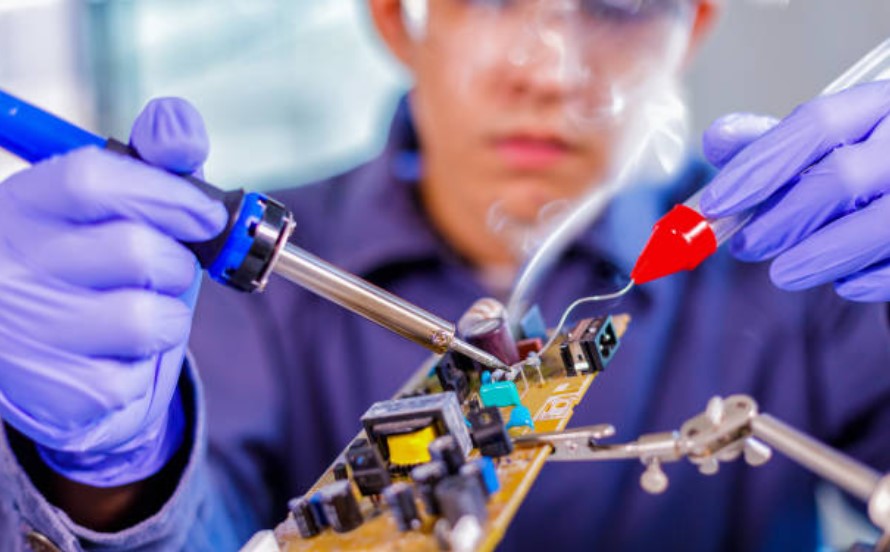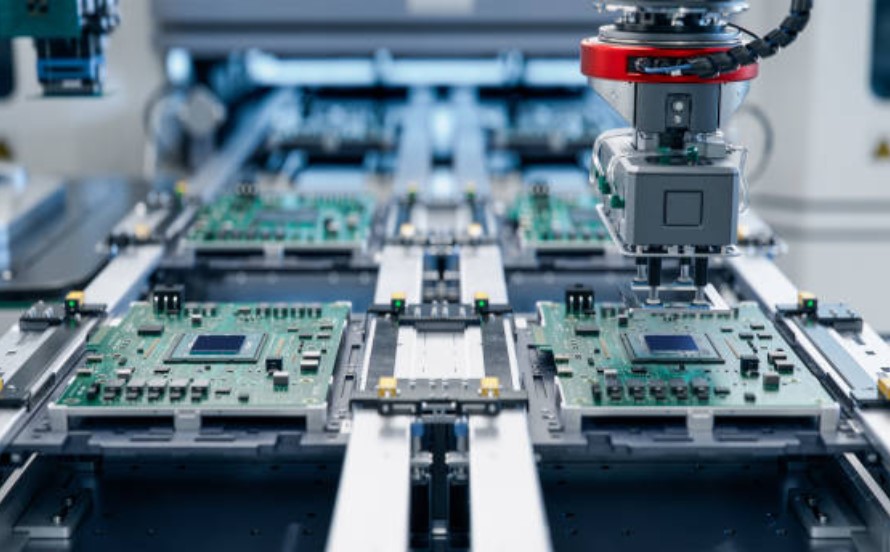One of the most critical steps for manufacturing modern-day electronics is PCB assembly, and making sure that it works as intended will greatly impact the product that’s created. However, you must be aware that manufacturing these electronics isn’t a walk in the park, as it covers multiple phases, from the formation of the concept and sourcing of materials to testing and manufacturing the actual product.
With that said, in this article, we’ll explore the essential tools that you need to have so you can successfully manufacture high-quality printed circuit boards.
Why are PCBs an important part of any electronic device?
Before we explore the heart of the matter, let’s first understand why PCBs are important so that you can understand why electronic brands seek out a PCB assembly company to help them out. Printed circuit boards are best described as the pillars of every electronic device. Without a PCB, devices will never function according to what they are supposed to do and are more prone to frequent malfunctions.
That’s because a PCB is an electronic component that’s in charge of the orderly flow of electric currents traveling within the device itself. As a result, the device is capable of performing the inputted task by an operator; for instance, operating robot arms that are responsible for making vehicles or cars is made possible by a printed circuit board installed within a computer console controlling the arms.
The essentials for a successful PCB assembly
Now that we’re clear on why a PCB is essential to every electronic device, let’s delve deeper into the discussion and cover the most needed tools for a successful PCB assembly. Here they are as listed below.
1. Handheld Soldering Irons

The first tool we’ll cover that never goes missing from any PCB assembly company is the handheld soldering iron. It is a tool used for heating solder, which is a metallic alloy that allows permanent bonds between different metallic components. One example is when you use the iron to heat the solder to form a connection between two pieces of metal on the circuit board.
How are the metal pieces joined together? It’s quite simple: when the solder is heated and melts, it will then flow into the connecting area that joins the iron and the metal pieces, which creates a permanent joining area for the two pieces once it cools and dries out. One good example of this is attaching capacitors or other key components to the substrate of the circuit board, which will allow optimal operating capacity for the PCB once it’s done. Generally speaking, no PCB assembly services company can work without soldering irons.
2. Solder Paste Printer
A solder paste printer is an essential and never-missing tool in any company that engages in PCB assembly services. This machine is capable of releasing a grayish-colored slime-like fluid that’s made out of metallic alloys. The slimy fluid functions similarly to everyday glue, as this gooey paste will hold the pieces on your circuit board together.
Without the paste released by this printing machine, your components won’t be able to stay intact on the circuit board’s substrate surface. However, a rule of thumb that’s followed across manufacturers is that before they apply the paste, they would need to place a stencil on the circuit board, which is a sheet made out of stainless steel with tiny holes poked by a laser. The stencil will be crucial in the precise application of the solder paste.
3. Solder Paste Inspector
The solder paste inspector, or SPI for short, is another crucial device used by companies that do PCB board assembly. The main task of this inspecting machine is to detect any poorly placed solder pastes on the circuit board. The goal here is to see whether some parts are potentially flimsy to prevent any electronic faults once the printed circuit board is in use by the client.
How does this inspecting machine accomplish its task? This machine utilizes cameras to take high-definition snapshots of areas that have been applied with solder paste. The machine will then use that captured image to evaluate whether sufficient amounts were applied or not. This machine will base it on factors such as the volume applied, the height of the blob of solder paste, and how well aligned it is on the circuit board.
In addition to evaluating areas applied with solder paste in PCB assembly services process, it can also contribute to early defect detection by identifying errors and flaws present on the circuit board.
4. Automated Assembly Machine
The automated assembly machine consists of robotic arms that pick up and place different components on the circuit board. These robotic arms would pick up parts that are laid on the assembly line and then place them on the circuit board with precision until all components are added. The next circuit boards are subject to the same procedure.
Since this is a programmed and automated machine, the placement of key components takes less time and is more efficient compared to the previous method of using tweezers, which can take hours to finish. So automated assembly machine is very important for high-volume PCB assembly services.

5. Reflow Soldering and Waving Soldering Equipment
When the electronic components are placed on the PCB correctly in the SMT PCB assembly process, PCBs need to run through a high-temperature reflow oven to melt the solder paste, then the components will be soldered on the surface of PCB pad permanently.
Another PCB assembly method is PTH soldering. In the PTH PCB assembly process, components need te be inserted into the holes of the PCBs by machine or by hand first, and then the run the PCBs through a melting tin tank of waving soldering equipment. Finally, the component pins will be soldered on the through holes on the PCBs.
6. Optical Inspection Systems or Machines
The final key machine present in PCB assembly companies is the optical inspection machine. The machine functions similarly to the previously covered solder paste inspector, but instead of inspecting the blobs of solder paste, it inspects the surface of the printed circuit board. With the use of a built-in camera, it will take a picture of the board’s surface.
Once the picture is taken, it will be compared to reference material. From there, the optical inspection machine can discover errors, flaws, or defects that can be resolved as soon as possible before test runs can take place. There’s no need to manually operate this machine, as it runs automatically.
Each tool does its part for successful manufacturing
The tools we’ve covered in this article all play a crucial role in the process of PCB board assembly. From keeping key components from falling off to detecting errors during the early stages of manufacturing, Each tool will ensure that the final output from the manufacturer is going to result in happier clients and high-quality electronics reaching the market.






